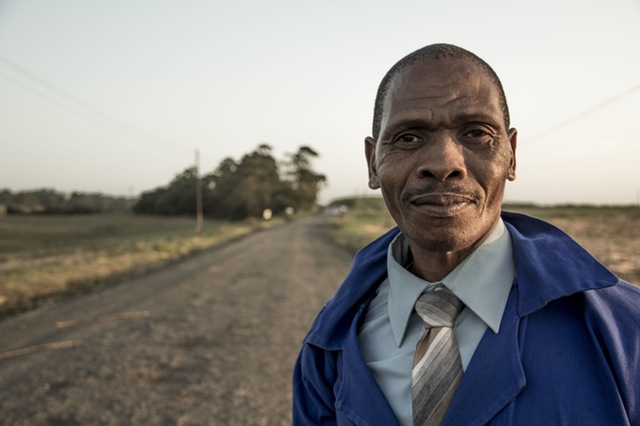
Joe McQ. died on Thursday, October 25, 2007. Joe was 78 years old. Most widely known within the fellowship because of his love for the big book and his partnering with Charlie P. to start and continue the Joe and Charlie Big Book Studies since 1977 that have been given all around the world. Sober since March 10, 1962, when he found himself in the psych ward and drunk tank at the Arkansas State hospital. At age 35, he finally confronted his alcoholism and ran up the white flag. “People often say that it took Bill and Bob to write the Big Book but it took Joe and Charlie to explain it.”
The problem was to be the topic of a General Sharing Session on a Board weekend in January 1986. Garrett T., the first African American Trustee (1983-87), shared that when he came to A.A., African Americans were not welcomed at white meetings in Washington, D.C., so his home group has always been an African American group, the Mideast. It was brought out that in keeping with its Traditions, A.A. has not taken an aggressive or champion role with regard to racial causes, but has “let it happen.” The result, in A.A., has been that in many parts of the country, integration came earlier and easier than segregation (i.e., formation of African American groups.)!
The first inquiry received at G.S.O. from a “colored” alcoholic came from Pittsburgh in 1943. In reply to the next inquiry in October 1944, Bobbie B. wrote, “We do not have a colored group anywhere and the problem is popping up more and more every day. In Pittsburgh they have a colored member, and I suggest you write and find out how the situation is handled there.” In 1945, however, there were African American groups in both Washington, D.C., and St. Louis, Missouri. In January of the following year, a group started in Los Angeles and within a year had 20 members.
In June, the Outhwaite group in Cleveland, Ohio, registered at G.S.O. with eight members. And a month later there was news of a colored group in Charleston, South Carolina. In the same period, colored groups began in Kansas City, Missouri, and Toledo, Ohio.
By 1947, the pace picked up. A colored group began in New York’s Harlem, and two were reported in New Jersey. Philadelphia’s first Negro group met for the first time at the end of June, and a group was formed in Cincinnati. The first Negro group in Crowley, Louisiana, was started in May 1949. By 1952, there were about 25 known Negro groups, according to Ann M., who was especially dedicated to helping A.A. reach African American alcoholics. As no effort has been made at G.S.O. to distinguish African American groups from others in the A.A. Directories, it is next to impossible to trace their growth in the intervening decades, nor to estimate the present number. They are obviously very strong in Northern Ohio; Detroit, Michigan; Washington, D.C.; Atlanta, Georgia; and probably in most major cities with concentrations of African American population.
AA demographics have always been difficult to chart accurately due to the anonymous nature of the program. According to an AA 2014 membership survey Caucasians make up 89% while African Americans only 4%. Seeking perspective, I researched our nation’s African-American population. According to the 2014 United States Census Bureau, African American people make up 17.6% and whites 70.4% (It has changed dramatically as a result of the Hispanic population in the U.S.). In our next blog we will look at why there are fewer African Americans in AA.
James C. is a contributing blogger to the Recovery Guide and can be reached for feedback and contributing comments at chiz722@yahoo.com. Also see- forwardcounselingassociates.com
Michael Herbert is a Certified Intervention Professional , a Recovery Coach and a Certified Structured Recovery Counselor who provided long and short term help for those with addiction problems and families in crisis. Contact me for more information at recoveryguide@gmail.com or 561-221-7677